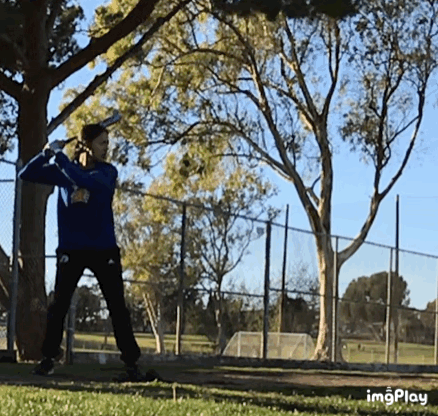- Dec 11, 2010
- 4,728
- 113
I agree. Too bad most don’t know what it is that they don’t know.Paralysis by analysis only happens if you don’t understand what your looking at. If you understand the swing you can tell what needs improved.
There also comes a point where some players get to a level where they need someone beyond whoever got them that far.



